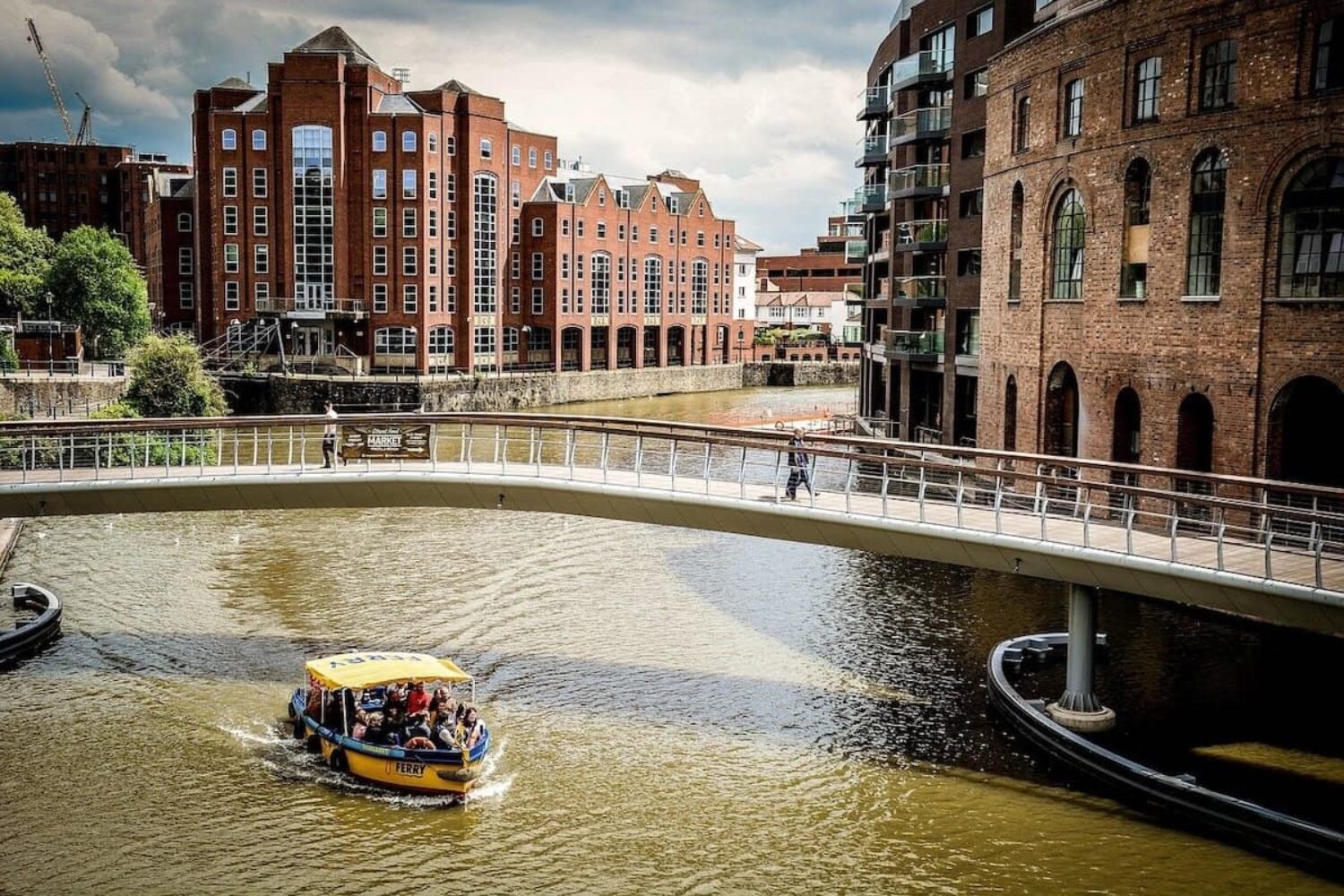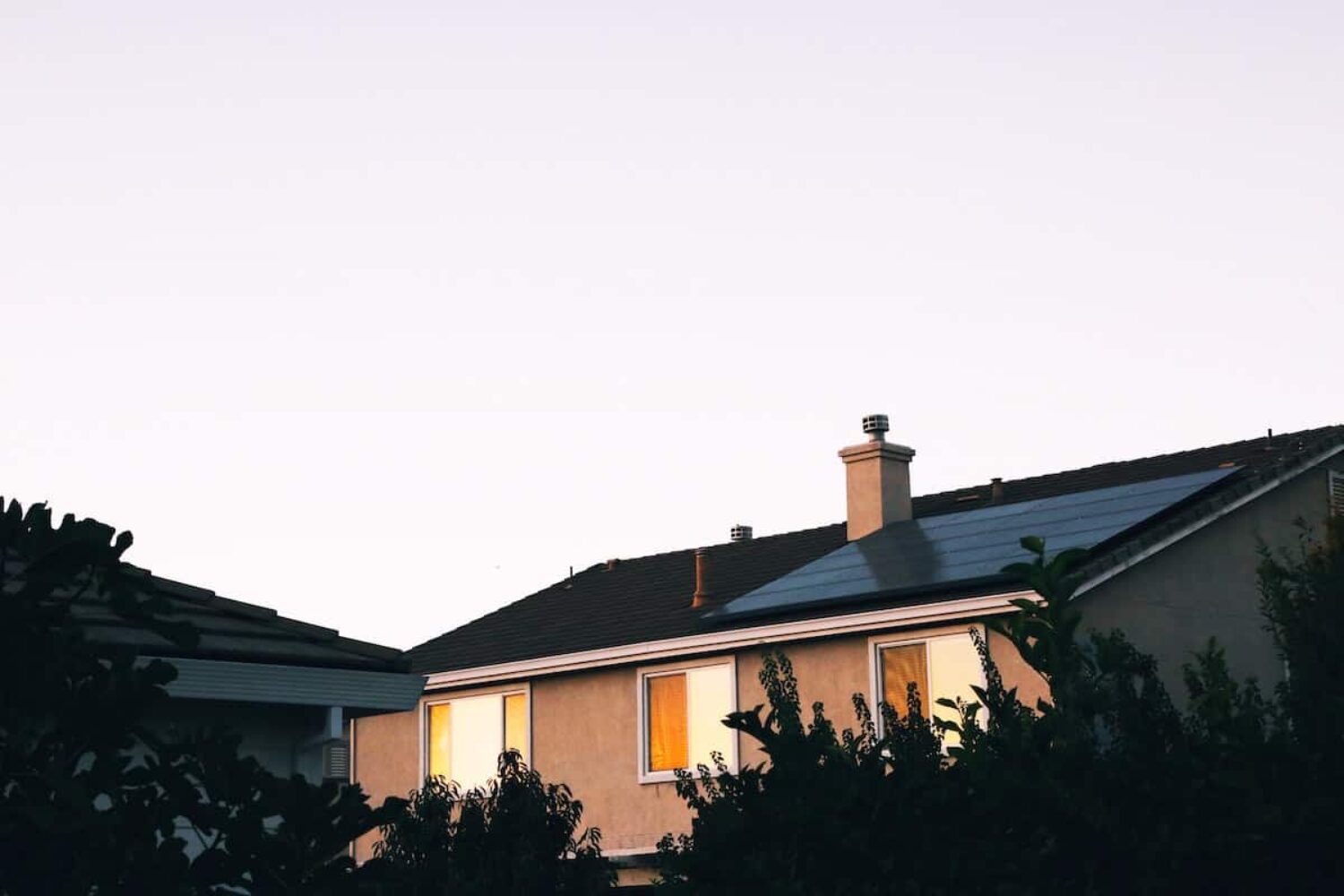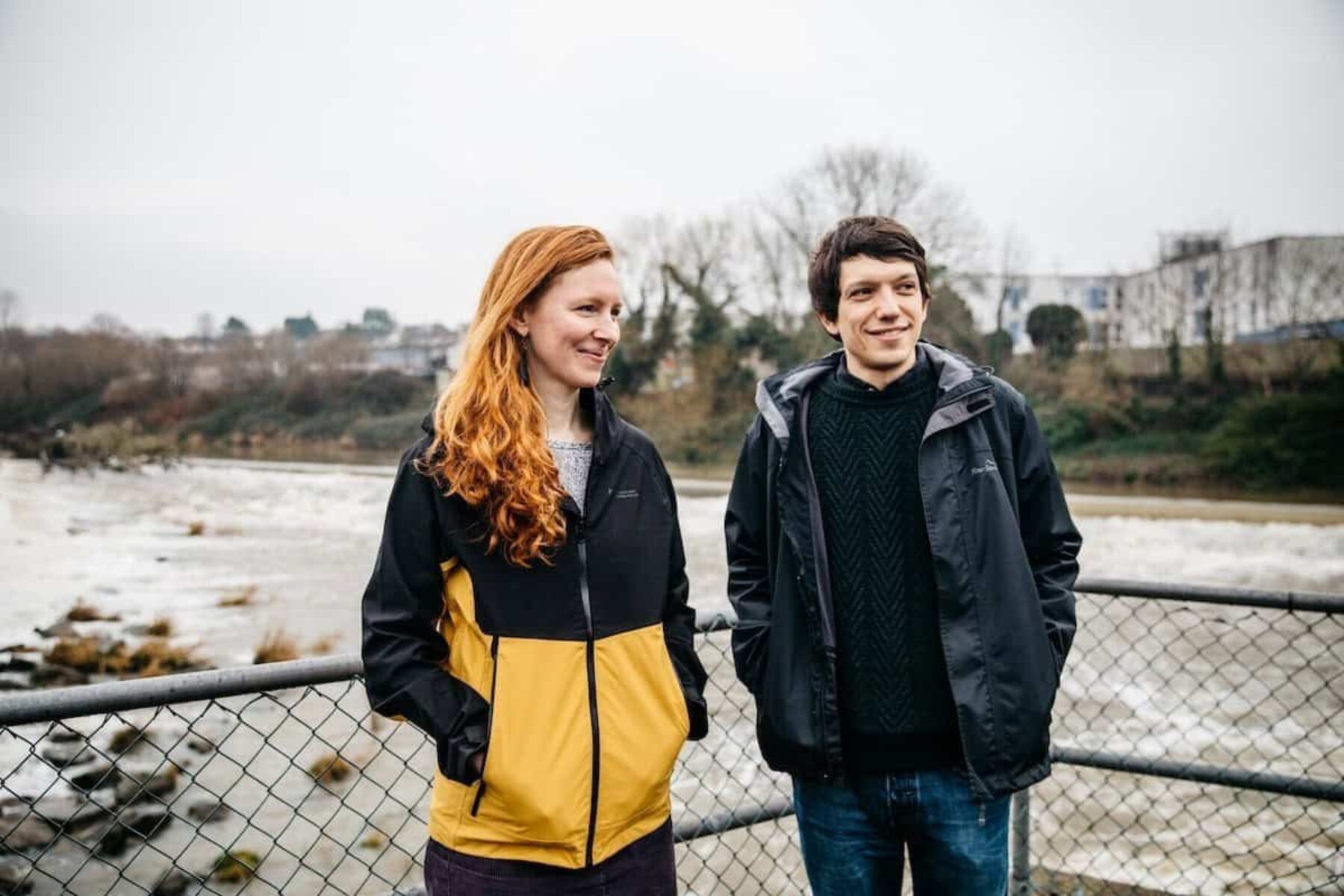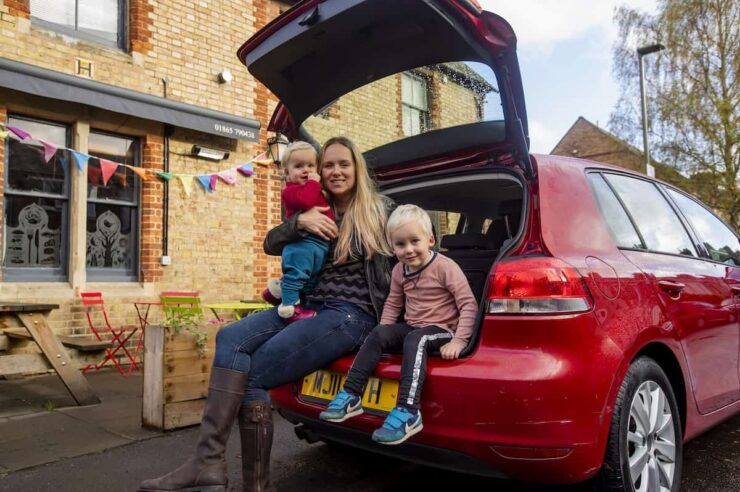From urban hydropower to microgrids and rooftop solar, Bristol Energy Cooperative harnesses green energy and the power of community to target a self-sufficient future
Bristol is no stranger to solar panels. Around 30MW of solar PV has already been installed on rooftops across the city, allowing businesses, schools, community centres and residents to benefit from renewable energy. But according to Bristol’s Centre for Sustainable Energy, that’s a mere 6 per cent of what’s possible.
Working to increase that figure is Bristol Energy Cooperative (BEC). It provides organisations with free solar panels, and supports on a myriad of projects that are expanding the city’s green energy supplies.
Since 2011, BEC has raised £14m through bond and share offers, and loans. It’s installed over 9MWp (mega watt peak refers to the maximum potential output of power) of solar and battery assets – enough to power more than 3,000 homes – and channelled over £300,000 of community benefit payments into local social and environmental initiatives. It’s not bad going for an organisation that was established by volunteers. People who, as communications manager Jess Gitsham puts it, “just wanted to take some action to address climate challenges”.
Today, BEC is in the midst of its eighth share offer. Initially aiming for a £1m target, in April they took the decision to double this to £2m, and are now about halfway to that goal. The money will fund community-owned green energy projects in Bristol and each investor, regardless of their investment, is granted an equal say in how the organisation is run. Projected returns are 3.5 per cent per annum, a rate that’s a ways off from current levels of inflation, but, says, Gitsham: “The ‘added value’ of our investment v an ESG fund [one incorporating environmental, social and governance criteria] is that it allows people to learn and engage in the work – to have a much closer connection with how their money is making a difference.”
The purse is powerful when it comes to generating change, she believes. As opposed to pension funds, which can leave you feeling like an insignificant cog in a less than benevolent wheel, community energy is about taking control of your savings. It’s about “channelling them into real-life change,” she says.
One project the share offer will help to fund is a 125kW rooftop PV scheme for Bristol Beacon (formerly Colston Hall), which has set its sights on becoming the UK’s first carbon-neutral concert hall. BEC’s involvement has transformed the scale of the plans, says Will Houghton, the co-op’s project developer. “It was going to be a small installation on one side of the roof, and we’re covering the whole roof now,” he explains.

In 2015, Bristol became the UK's first ever European Green Capital. Image: Steelfish
BEC will also provide funding for a community solar PV microgrid for Bridport Cohousing’s ‘sustainable and affordable’ 53-home development in Dorset. The homes will have air source heat pumps for hot water and back-up heating, and PV panels on their roofs. Energy from these will be linked to the on-site microgrid. It is the largest project of its kind in the UK, and a model that could be adopted by other housing developers.
“We’re hoping that after a few years of operation, the Bridport Cohousing microgrid can be passed over into ownership by the residents,” says Houghton.
A previous share offer also raised funding for the Tesla battery and microgrid that is now installed at the Water Lilies housing development in the Lawrence Weston area of Bristol – the UK’s first domestic housing microgrid with battery storage.

Around 30MW of solar PV has already been installed on rooftops across Bristol. Image: Giorgio Trovato
An urban hydroelectric scheme at Netham Weir on the River Avon is in the works too, which would provide around 300kWp – enough to power around 250 homes.
“We’re very excited about it because there aren’t many opportunities for hydro in Bristol,” says Houghton. At the moment, most of the energy produced by water crashing over the weir is lost. “Standing next to it, you can really sense how much energy there is,” Houghton enthuses. “We’re trying to do something with that – to make sure it’s not wasted.”
By investing in community energy projects, anyone can make a difference to the way energy is produced in their local area – one they can see with their own eyes. This is particularly powerful at a time when many people are concerned about rising energy costs and progress on net zero targets.
Standing next to the weir, you can really sense how much energy there is. We’re trying to make sure it’s not wasted
One of BEC’s investor-members recently told the organisation about a visit to Netham Weir with her three children. “She loved the fact that she could go into our city and see this stuff going on, and that she’s been involved in the investment behind it,” says Gitsham, who hopes such projects will inspire the next generation of engineers.
There are now 424 community energy organisations across the UK, according to Community Energy England’s 2021 state of the sector report. “That’s pretty massive, but not that many of us hear about it,” says Gitsham. She advises anyone who wants to get involved in community energy to get in touch with their local cooperative.
“Time and resources are always a challenge. So willing volunteers who can bring their skills along, whatever they are, are always welcome.”
Bristol Energy Cooperative in numbers
-
£ 14 m
raised since 2011 -
9 MWp
of solar and battery assets currently installed -
3,000
number of homes powered by those assets -
3.5 %
for investors
Main image: Alex Turner
Help us continue to break the bad news bias
Positive News is helping more people than ever to get a balanced view of the world – one that supports their wellbeing and empowers them to make a difference towards a better future. And as our audience and impact grows, we’re showing the rest of the media that good news matters.
But the UK’s cost of living crisis is hitting us hard, with fewer people able to commit to a magazine subscription – which has traditionally been our main source of funding. Plus, paper and printing costs keep rising.
We don’t want to put a paywall on our website, because we believe everyone should have the chance to benefit from good news. But we won’t be able to continue funding our online reporting without your help.
If you value what we do and can afford to, please consider making a small, regular contribution as a Positive News supporter. We need 1,000 readers to contribute just £3 per month to get us through this challenging time.
And remember, as a not-for-profit, we work only in service to you, and all funds go towards our journalism.






